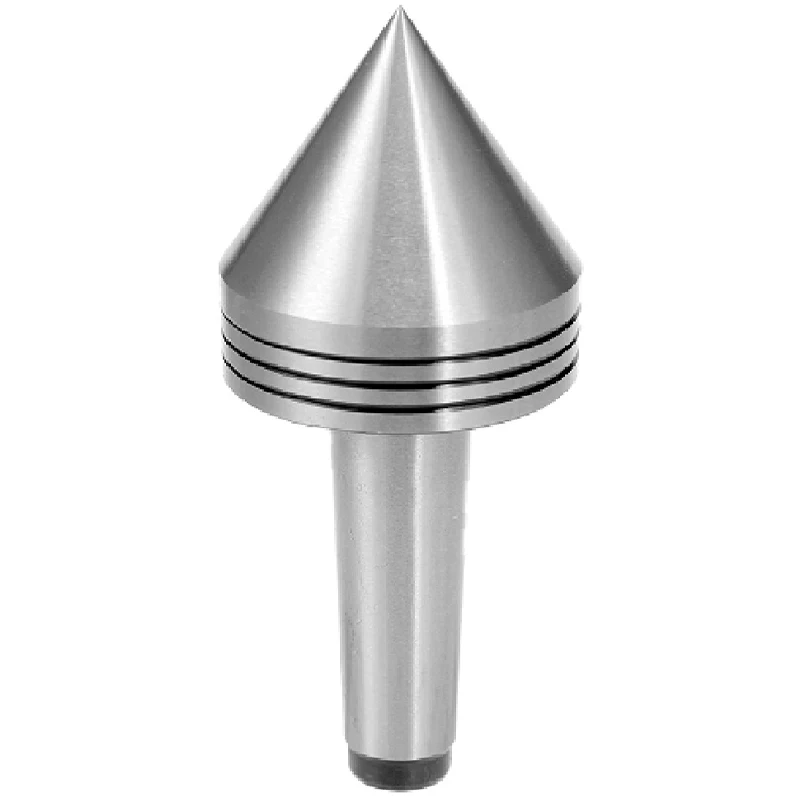- Joined
- Jan 2, 2014
- Messages
- 8,852
Very interesting.......
I guess the one place you need to get things close is the total length out the back to retain the ability to eject from the tailstock.
Thanks for sharing this!
-brino
There is absolutely no precision required in making up the other parts.
I guess the one place you need to get things close is the total length out the back to retain the ability to eject from the tailstock.
Thanks for sharing this!
-brino


